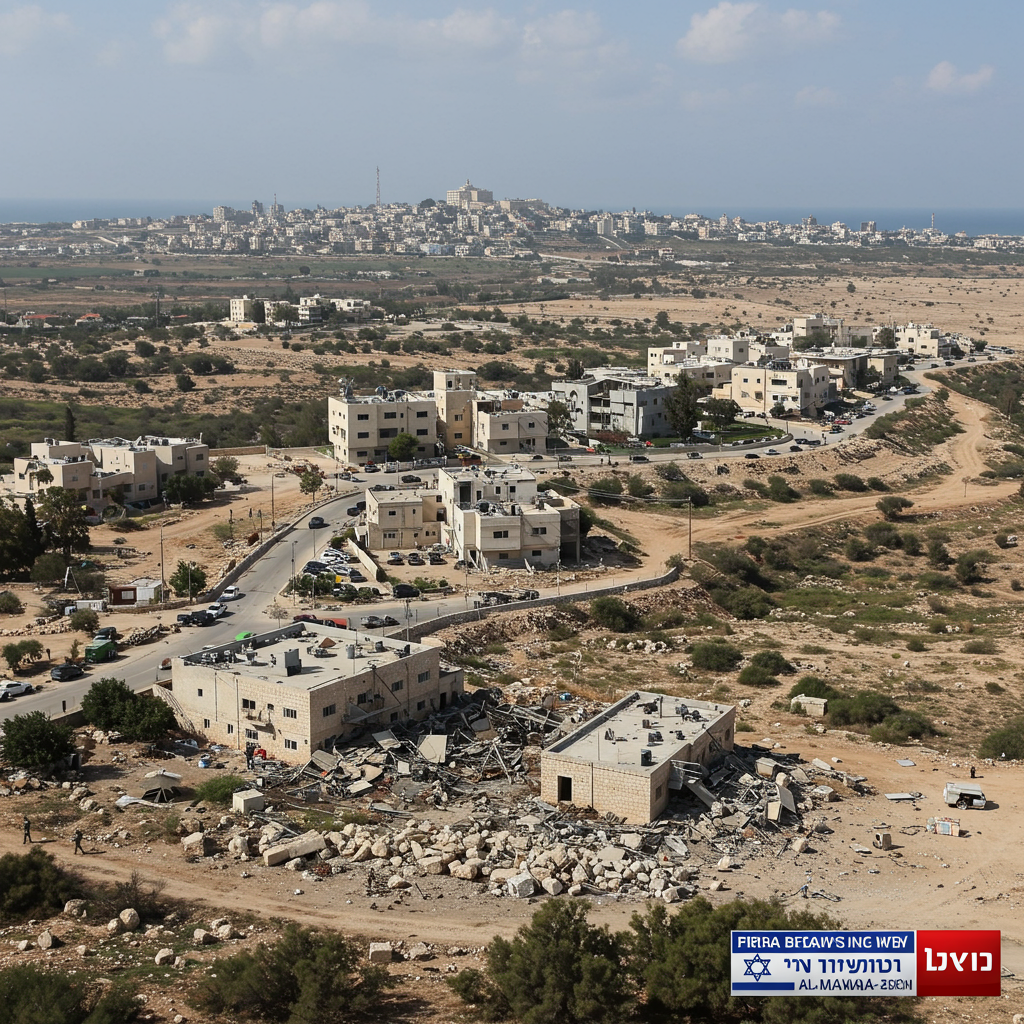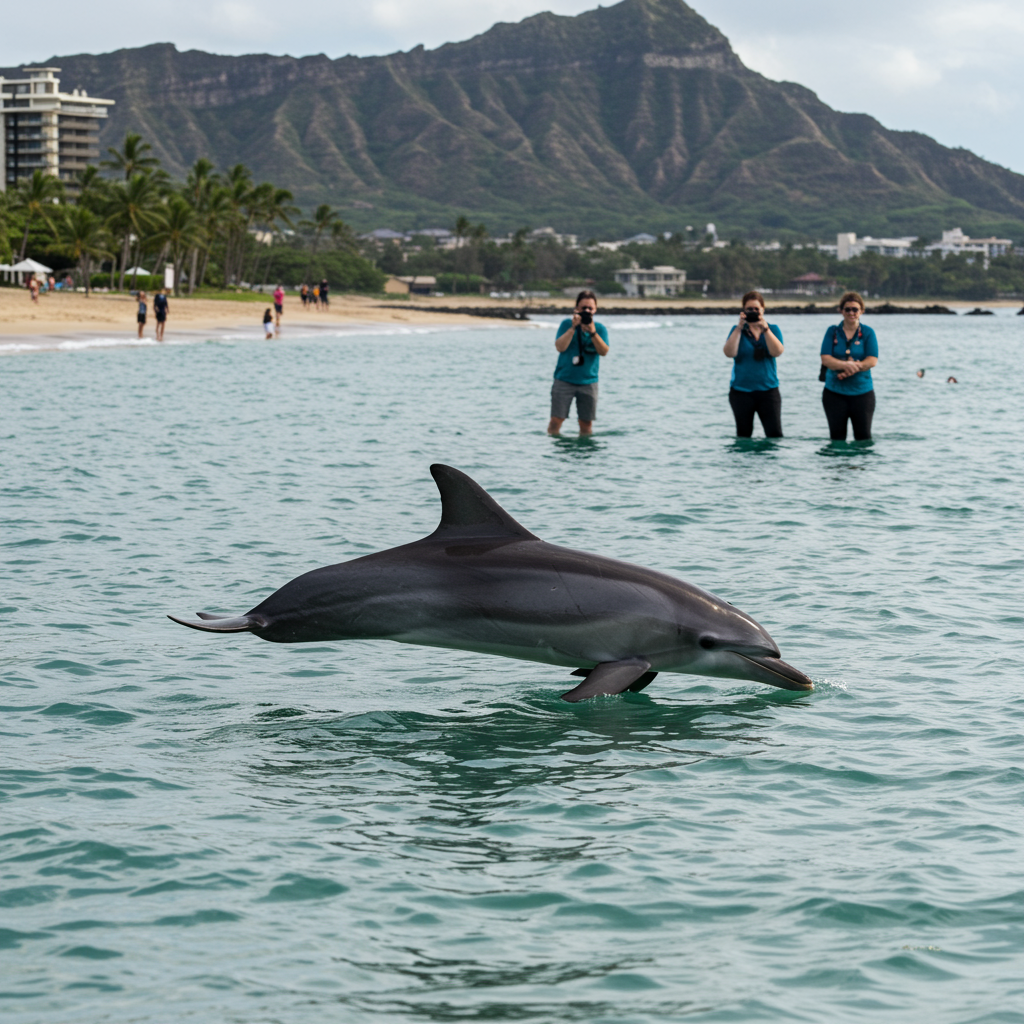As the 14th dalai Lama approaches his 90th birthday, a pivotal conflict looms with Beijing over his future reincarnation. This isn’t merely a spiritual matter but a profound geopolitical struggle for the heart and soul of Tibet and its global Buddhist followers. For decades, the Dalai Lama has served as a beacon of hope and resistance from exile, maintaining the tibetan cause despite China’s increasing efforts to suppress it. The crucial question now is who will hold the authority to identify his successor after his passing.
The Spiritual Heart of a Political Conflict
At the core of this impending confrontation lies the deeply held Tibetan Buddhist belief in reincarnation. Unlike ordinary individuals subject to involuntary rebirth driven by karma, revered spiritual leaders like the Dalai Lama are understood to consciously choose their return to aid sentient beings, guided by prayer and compassion. This cycle of spiritual continuity is fundamental to the faith.
However, the reincarnation of the Dalai Lama transcends religious doctrine; it is central to the future identity and political status of Tibet. The current spiritual leader has served as an unparalleled unifying figure for Tibetans worldwide, both within Tibet and in exile. Many look to him as an anchor, a solid presence in their ongoing struggle.
Competing Claims to Authority
In anticipation of this moment, the Dalai Lama recently asserted that his office will possess the exclusive right to recognize his reincarnation. He affirmed the enduring importance of the Dalai Lama institution itself. Speaking to religious elders in Dharamshala, India, where he sought refuge in 1959 after the Chinese military suppressed an uprising, he conveyed a clear message: his successor will be born outside of China, specifically within the “free world.” He explicitly urged Tibetan Buddhists globally to reject any candidate Beijing might put forth.
China’s ruling Communist Party (CCP) vehemently disputes this. An officially atheist state, Beijing insists it alone has the power to approve the reincarnations of high-ranking lamas, including the Dalai Lama. This assertion reflects the CCP’s ambition to exert absolute control over religious traditions within its borders and ultimately govern the cultural and spiritual identity of the Tibetan people.
A Decades-Old Struggle
Beijing labels the current Dalai Lama a dangerous “separatist,” accusing him of instigating unrest and protests. The Dalai Lama refutes these claims, advocating instead for genuine autonomy for Tibet through a nonviolent “middle way” approach, which has garnered him international support and a Nobel Peace Prize. To his followers, he is far more than a spiritual figure; he embodies their distinct language, culture, religion, and way of life – elements critics contend Beijing seeks to eradicate.
The conflict traces back to 1950, when Communist forces entered Tibet, claiming to “liberate” the region from “feudal serfdom.” Many Tibetans viewed this as a brutal invasion and occupation. The subsequent 1959 uprising, sparked by fears for the Dalai Lama’s safety, led to his escape to India and the establishment of a government-in-exile. Since then, the Dalai Lama has become an abstract symbol for the entire Tibetan nation.
The Panchen Lama Precedent
The CCP has systematically worked to undermine the current Dalai Lama’s influence and presence in Tibetan life, tightening religious and cultural controls. Despite these efforts and the banning of his image, devotion remains strong among Tibetans. Recognizing this deep loyalty, which they see as a threat, Beijing has also sought to co-opt religious authority.
For years, China has cultivated senior lamas loyal to its rule. A key example is the Panchen Lama, traditionally the second-highest figure in Tibetan Buddhism, often involved in recognizing the Dalai Lama’s reincarnation. In 1995, Beijing appointed its own Panchen Lama after the 10th Panchen Lama’s death, rejecting the candidate recognized by the Dalai Lama. The boy chosen by the Dalai Lama vanished and has not been seen publicly since. Beijing’s appointed Panchen Lama is widely considered illegitimate by Tibetans and consistently expresses allegiance to the CCP, promoting the “sinicization” of religion.
Experts and Tibetan exiles anticipate China will employ a similar tactic for the Dalai Lama’s succession: identifying, grooming, and promoting a loyal candidate, likely backed by the state-appointed Panchen Lama.
The Prospect of Two Dalai Lamas
This interference could result in the emergence of two competing Dalai Lamas: one recognized through traditional means by his predecessor and the Tibetan Buddhist community, and another appointed by the Chinese government. While some dismiss Beijing’s attempt as lacking genuine spiritual legitimacy, the political consequences are significant. The idea is seen by some within the Tibetan community as a tragic manipulation rather than a genuine spiritual succession.
The current Dalai Lama has made it unequivocally clear that any candidate selected by Beijing will not be seen as legitimate by his followers. He has wryly pointed out the absurdity of an officially atheist government interfering in religious reincarnation, suggesting they should first recognize the rebirths of their own past leaders like Mao Zedong.
The Traditional Search Process
Finding a Dalai Lama’s reincarnation is a sacred, intricate undertaking spanning centuries of tradition. The process relies on various clues:
Instructions: Following any specific directions or subtle indications left by the deceased Dalai Lama.
Divination: Consulting reliable spiritual masters for guidance.
Oracles: Seeking insights from oracles.
Visions: Interpreting visions received by senior lamas during meditation at sacred lakes.
Search parties use these clues to locate young children born after the predecessor’s death. Potential candidates undergo tests, such as identifying objects belonging to the previous incarnation. Historically, Dalai Lamas have been found not only in Tibet but also in regions like Mongolia and what is now Arunachal Pradesh, India. The current Dalai Lama was identified at age two in a small village in northeastern Tibet.
Preparing for the Future Without a Leader
If the next Dalai Lama is identified as a young child, as is typical, it could take nearly two decades of intensive training before they assume leadership responsibilities. This period presents a potential window for Beijing to promote its rival candidate on the international stage. While Tibetan exiles assert that the true Dalai Lama will be the one recognized by the current Dalai Lama and born in exile, the political pressure on other nations could be immense. Countries with significant Tibetan Buddhist populations or ties to the region, like India, Nepal, Bhutan, Mongolia, and even Japan and Thailand, might face pressure to recognize Beijing’s choice or risk angering China.
Recognizing his mortality, the Dalai Lama has actively prepared the Tibetan people for the future. A crucial part of this preparation has been strengthening the institutions of the Tibetan movement in exile and fostering a self-reliant, democratic government. In 2011, he transferred his political authority to the elected head of the Tibetan government-in-exile, retaining purely his spiritual role.
This transition to democracy was intended to empower Tibetans to manage their affairs independently. The Dalai Lama emphasized that they could not rely solely on him as an individual, stressing the need for the community to learn and mature through democratic governance while he is still present.
Challenges and Enduring Hope
The Tibetan movement faces increasing pressure under Xi Jinping’s leadership, characterized by intensified security, surveillance, assimilation policies, and the nationwide campaign to “sinicize” religions – aligning them with CCP ideology. Beijing claims these policies protect cultural rights and religious freedom while bringing economic development to Tibet. However, concerns persist regarding efforts to assimilate ethnic minorities, such as the reported closure of Tibetan language schools and the placement of large numbers of Tibetan children in state-run boarding schools, policies criticized by UN experts and the Dalai Lama.
Furthermore, as China’s global influence grows, the Dalai Lama’s international standing appears to be facing challenges, partly due to his reduced travel schedule in old age. He has not met with a sitting US president since 2016, a change from previous decades.
Despite these difficulties, hope endures among Tibetans. The ability of the community to strengthen itself and maintain the Dalai Lama institution, potentially with a new recognized leader, is seen as key to preserving the potent symbol that unites their people and safeguards their unique identity.
Frequently Asked Questions
What is the main conflict surrounding the Dalai Lama’s reincarnation?
The primary conflict centers on authority. The current Dalai Lama asserts that his office alone will identify his reincarnation, expecting the successor to be born outside China. The Chinese Communist Party (CCP), an atheist government, claims the historical right and legal authority to approve the reincarnation of all high lamas, including the Dalai Lama, aiming to control the religious and political future of Tibet.
What traditional methods are used to search for a Dalai Lama’s reincarnation?
The search involves several sacred methods rooted in Tibetan Buddhist tradition. These include following instructions or clues left by the previous Dalai Lama, consulting oracles and reliable spiritual masters for divination, and interpreting visions received during meditation at sacred lakes. Search parties then seek potential child candidates who are subject to tests, such as identifying objects that belonged to the past incarnation.
What could happen if China appoints its own Dalai Lama?
If China appoints its own Dalai Lama, it could lead to two rival claimants: one recognized by the Tibetan people and religious community, and one installed by the Chinese government. This could deeply divide Tibetan Buddhism, both within Tibet and globally. It would also force countries and international organizations to choose which figure to recognize, creating diplomatic and political complexities and potentially undermining the legitimate lineage in the eyes of followers.



